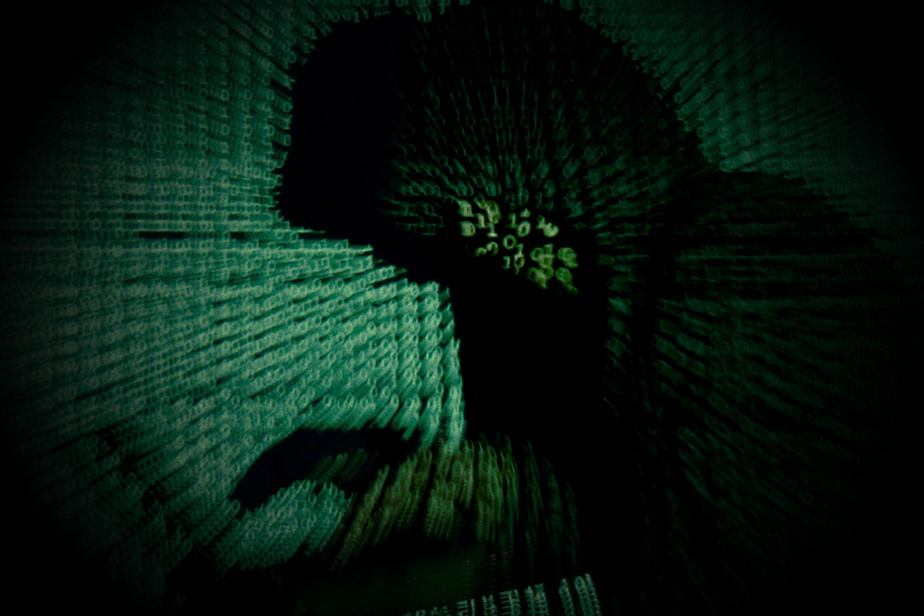(Washington) Robots and programs capable of emotionally and sensorily stimulating patients with mental illness are about to hit the market. Could the shrink be replaced by IT?
Tanzeem Choudhury is navigating a delicate route: no, she does not want to take away access to psychotherapists from those who need it. But she would like to help those who are unwilling or unable to do psychotherapy.
“Our goal is to help people without them realizing it,” explains the Cornell University psychologist. Often, simply breathing more slowly can help when you’re anxious. We are working on ways to encourage this without the user realizing it, for example by manipulating the screen lighting. We also want to develop a device that would caress the user, probably on the arm, which would be worn with clothing. Touch has underrated anti-anxiety qualities. »

PHOTO FROM CORNELL UNIVERSITY WEBSITE
Psychologist and Cornell University professor Tanzeem Choudhury
At Microsoft, psychologist Mary Czerwinski, head of empathy studies, is working on an application that teaches tips for dealing with anxiety-provoking situations. “It’s a bit like a game, with chapters to complete and different levels,” says M.me Czerwinsky. After all, a lot of people, when they get anxious, calm themselves down with little games like Candy Crush. Why not offer them a tool that has the same function, but in addition gives them tools? For example, many people feel better when they list the good times they had during the day. »
A minority of people who tried the app used it at specific times. “Some wanted to start their day with it, others, to end it, says Mme Czerwinsky. But most didn’t want shackles. »
Both Mme Choudhury that Mme Czerwinski want to equip their tools with a distress detection system, to direct those who need it to real help. “Some will think that we want to replace shrinks, but we just want to occupy a space where there are a lot of charlatans, says Mme Czerwinsky. Most psychology and wellness apps on cell phones have not been rigorously tested. And you hear about a lot of people using ChatGPT as a psychotherapist. That is worrying. »
Language analysis
Shrikanth Narayanan, from the University of Southern California, wants to use computers to support shrinks. “We are working on language analysis for screening and diagnostic purposes,” says the Californian psychologist. We started with autism, but many other psychological disorders have typical language components. We can, for example, analyze the variation of positive and negative words. »

PHOTO FROM THE UNIVERSITY OF SOUTHERN CALIFORNIA WEBSITE
Engineer and University of Southern California professor Shrikanth Narayanan
Eventually, Mr. Narayanan’s software could even suggest strategies to shrinks in full consultation. “Before a session, the software could make a small summary of the previous sessions, and the results of the analysis of the patient’s language since the last session. If the patient consents, there could even be physical activity and sleep data. It often happens that a psychologist misses certain signals or thinks about them only after the patient has left. »
Businesses have shown interest in Mr. Narayanan’s work. “The detection of stress at work could be facilitated by analyzing the spoken and written language of employees. It could be anonymized to facilitate acceptance by employees. A boss could be warned when a negative climate sets in in the company. »
OTHER CONGRESS NEWS
Anthropocene debate
Did the Anthropocene begin with the beginnings of agriculture 10,000 years ago? Or in the 1950s? On Friday, geologists crossed swords over this new geological era, which would be the successor to the Holocene, which began 12,000 years ago. The definition of the Anthropocene is that it is marked by human influence on the environment.
Clam gardens

PHOTO FROM THE COAST FUNDS WEBSITE
Clam garden tested in British Columbia, north of Vancouver Island
For the past ten years, a First Nation in British Columbia, the Kwiakah Nation, has been testing an ancestral mariculture technique: clam gardens, stone enclosures covered at high tide. Environment Canada Kwiakah researcher Myrle Ballard explained Sunday that clams grow twice as fast and are between two and four times as numerous, depending on the species, in clam gardens.
A big solar year
From October 14 until December 24, 2024, NASA will live to the rhythm of the “big year of heliophysics”, or the study of the Sun. At its booth, the space agency has multiplied presentations on upcoming eclipses and the Parker Solar Observatory, which will approach six million kilometers from our star at the end of 2024. A partial eclipse will take place on October 14 next and will be visible from the Northwestern United States to Florida. A total eclipse will take place on April 8, 2024 and will be visible in its entirety in Montreal, and particularly in Estrie.
Learn more
-
- 950 million
- Spending on private psychotherapy in Canada in 2017
source: Healthcare Management Forum
- 30 %
- Proportion of Canadians who used private psychotherapy in 2017 who did not have medical insurance covering these services
source: Healthcare Management Forum
